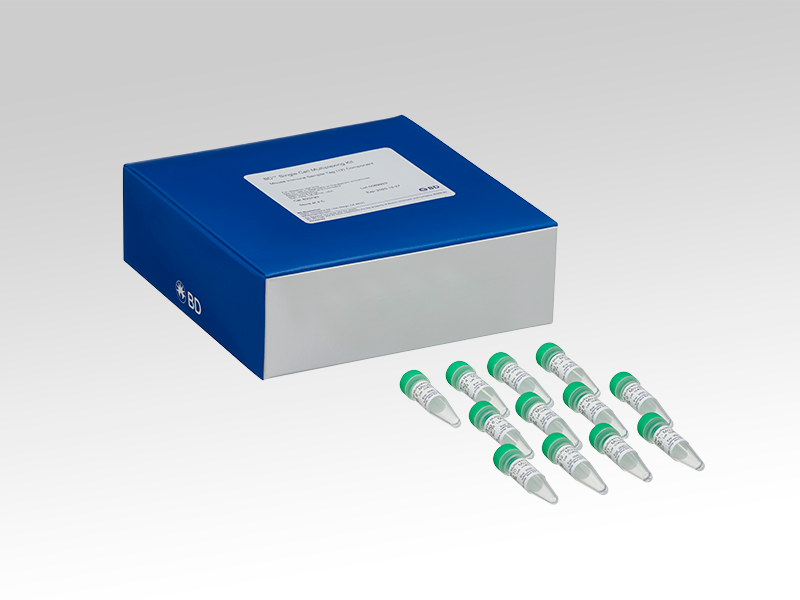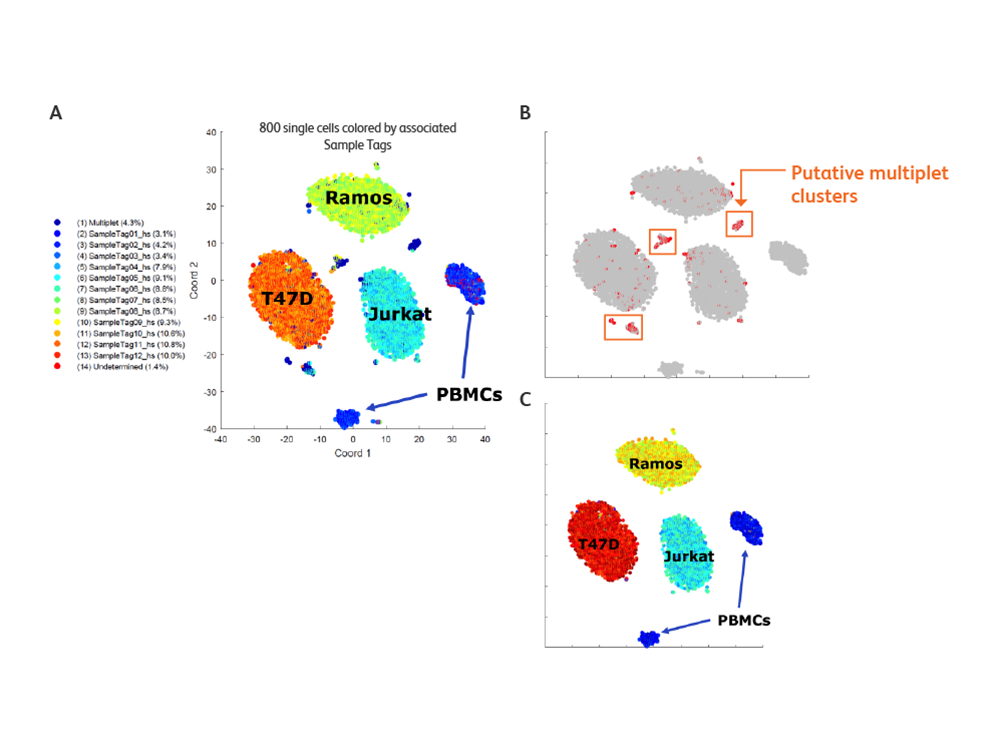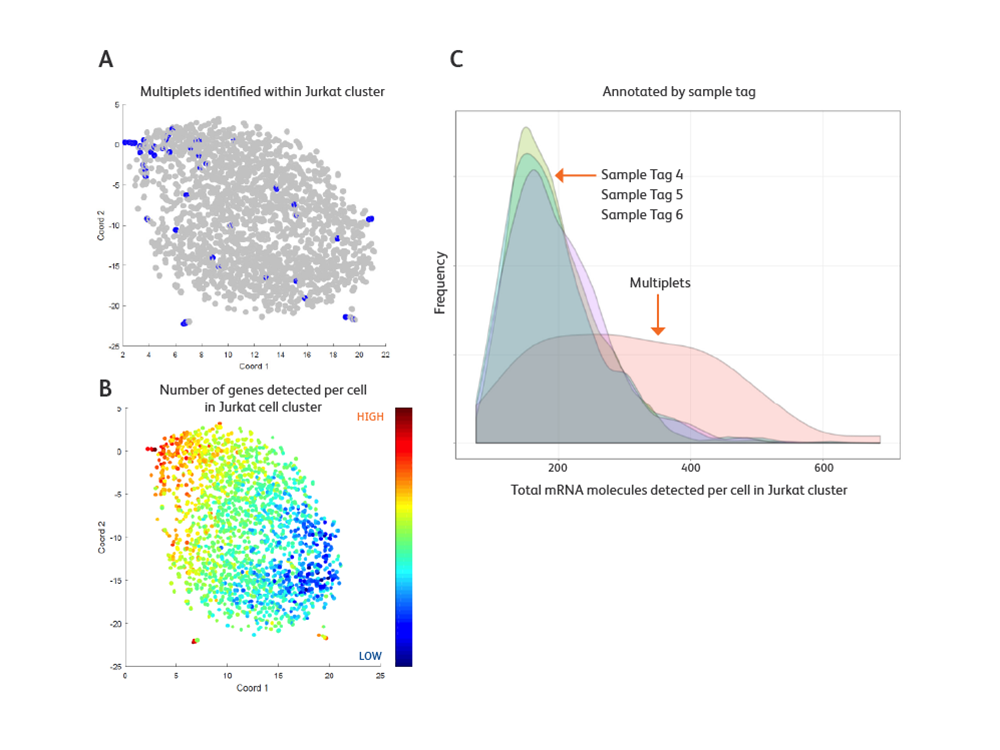-
Reagents
- Flow Cytometry Reagents
-
Western Blotting and Molecular Reagents
-
Flow Cytometry Reagents
- Immunoassay Reagents
- Single Cell Multiomics Reagents
-
Cell Preparation
-
Functional Assays
-
Microscopy and Imaging Reagents
- Western Blotting And Molecular Reagents
- Cell Preparation Separation Reagents
- Functional Cell Based Reagents
- Microscopy Imaging Reagents
- Single Cell Multiomics Reagents
- Single Cell Multinomics Reagents
-
Protocols
- BSB Protocol
-
Setting Compensation Multicolor Flow
-
Tissues Section Stain
-
Immunomicroscopy
-
Immunohistochemical
-
Immunofluorescence
-
Frozen Tissue
-
Parafin Sections
-
Fix Perm Kits
-
Protocol Direct Immunofluorscence Staining
-
Uses of Fc Block
-
Stain Lyse Wash
-
Stain Lyse No Wash
-
Mouse Splenocytes
-
Mouse Rat Leukocytes
-
Isotype Control
-
Indirect Staining Mononuclear Cells
-
Immunopurification
-
Human PBMCs
-
Human Whole Blood Samples
-
Escapee Phenomenon
-
Agarose Conjugates
-
Anti Phosphotyrosine Biotin Conjugates
-
Soluble Antibodies
-
Rabbit Polyclonal Antibodies
-
Monocloncal Antibodies
-
Horseradish Peroxidase
-
Certified Reagents
-
Biotinylated Antibodies
-
Agarose Conjugates X712261
-
Surface Staining
-
Platelet Activation
-
Intracellular Staining
-
Indirect Immunofluorescence
-
Mouse Ige
-
Cytokine Elisa
-
Induction Fas
-
Induction Dx2
-
Apoptosis By Treatment Staurosporine
-
Cell Death
-
Apo Brdu
-
Apo Direct
-
Human Cyclins
-
Detection Ki 67
-
Brdu Detection
-
Targeted mRNA Protocols
-
WTA Protocols
-
360040667732 Protocols
-
360023293831 AbSeq Protocols
-
360039007471 VDJ CDR3 Protocols
-
Annexin V Staining Protocol
-
Western Blotting with Horseradish Peroxidase Conjugates or Alkaline Phosphatase Conjugates
-
Tissue Preparation for Surface Antigen Staining
-
Account Support
-
Account FAQs
- Account FAQ Answer 1
- Account FAQ Answer 2
- Account FAQ Answer 3
- Account FAQ Answer 4
- Account FAQ Answer 5
- Account FAQ Answer 6
- Account FAQ Answer 7
- Account FAQ Answer 8
- Account FAQ Answer 9
- Account FAQ Answer 10
- Account FAQ Answer 11
- Account FAQ Answer 12
- Account FAQ Answer 13
- Account FAQ Answer 14
- Account FAQ Answer 15
- Account FAQ Answer 16
- Account FAQ Answer 21
- Create Account
- Manage Account Settings
-
PrivacyPolicy
-
Terms and Conditions
-
Account FAQs
-
- Account FAQ Answer 1
- Account FAQ Answer 2
- Account FAQ Answer 3
- Account FAQ Answer 4
- Account FAQ Answer 5
- Account FAQ Answer 6
- Account FAQ Answer 7
- Account FAQ Answer 8
- Account FAQ Answer 9
- Account FAQ Answer 10
- Account FAQ Answer 11
- Account FAQ Answer 12
- Account FAQ Answer 13
- Account FAQ Answer 14
- Account FAQ Answer 15
- Account FAQ Answer 16
- Account FAQ Answer 21
- Korea (English)
- Korea (Korea)
-
국가 / 언어 변경
Old Browser
Overview
The BD® Single-Cell Multiplexing Kits (human and mouse) allow you to combine and simultaneously process up to 12 different samples on a BD Rhapsody™ Cartridge. The kits are designed to work with all BD Rhapsody™ Assays and include streamlined informatics tools integrated into the BD Rhapsody™ Bioinformatics Pipeline to automatically demultiplex sample tags and identify individual samples during data analyses.
Learn more from the BD® Single-Cell Multiplexing Kit brochure.


FEATURES
The BD® Single-Cell Multiplexing Kit:
- Can lower experimental cost by multiplexing up to 12 individual samples per BD Rhapsody™ Cartridge
- Includes optimized antibody tagging plus informatics tools, enabling you to experience true sample-to-answer assays
- Improves data quality by allowing you to identify and remove erroneous data from cell multiplets originating from separate samples through sample tagging
- Is tested to work across a broad range of human cells and tissues and mouse samples
The BD® Single-Cell Multiplexing Kit identifies cell multiplets yielding high-quality single-cell output
t-SNE analysis of single-cell gene expression profile with the BD® Single-Cell Multiplexing Kit and BD Rhapsody™ Human Immune Response Panel (right). A. Cells are colored by annotation from the Sample Tag determination algorithm within the BD Rhapsody™ Bioinformatics Pipeline. B. Blue cells highlight multiplets identified. C. t-SNE plot with multiplets and undetermined cells removed to obtain cleaner data for analysis.


The BD® Single-Cell Multiplexing Kit can be used to increase the number of cells loaded and analyzed while maintaining a low rate of unidentified multiplets
t-SNE visualization of cell clusters in the 12 Sample Tag experiment with the BD Rhapsody™ System using the Immune Response Panel (right). A. Annotation of major cell types identified by their markers, with putative multiplet clusters in between major clusters, many of which are identified using Sample Tags. B. Highlight of Sample Tag-identified multiplets: multiplets can be identified using Sample Tags even within one cell type cluster. C. Removal of multiplets identified by Sample Tags and their associated putative clusters yields cleaner single-cell RNA-seq data.


The BD® Single-Cell Multiplexing Kit can be used with single-cell suspension samples to identify multiplets
Visualization of Jurkat-only cluster (Sample Tags 4-6) from a 12 Sample Tag experiment (right). A. Multiplets are highlighted as blue points within the Jurkat cluster. Note that many Jurkat multiplets are located on the top-left of the cluster. B. Top-left putative cells identified in the Jurkat cluster are associated with higher detection of genes per cell. C. Extracting total mRNA molecules detected per putative cell revealed that cells identified as multiplets by Sample Tags have higher molecule detection, suggesting that they are bona fide multiplets.


-
Brochures
-
Data Sheets
-
Technical Note
For Research Use Only. Not for use in diagnostic or therapeutic procedures.
23-22991-00
Report a Site Issue
This form is intended to help us improve our website experience. For other support, please visit our Contact Us page.
